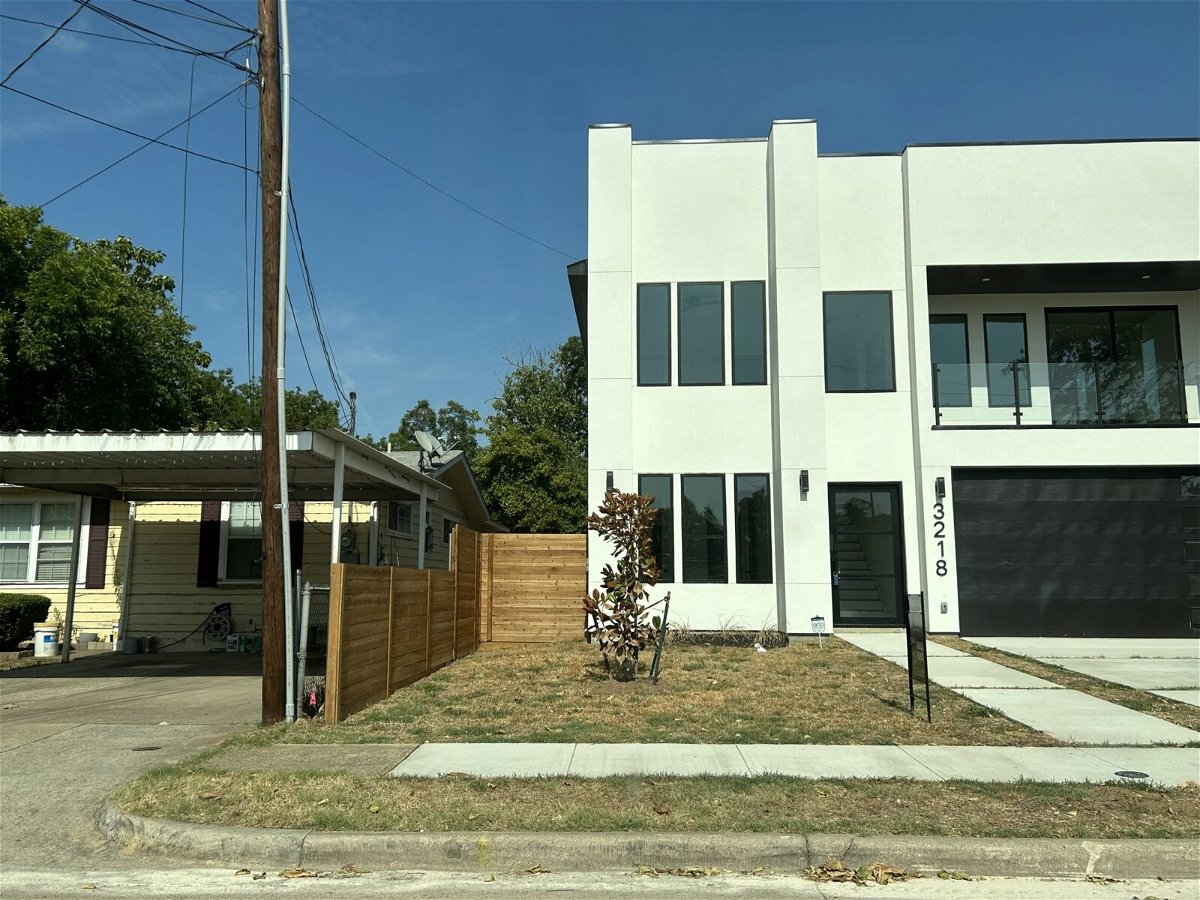What is an NSO?
NSO is a Neighborhood Stabilization Overlay, which is a type of zoning district adopted by the City of Dallas in 2005. These districts are for single-family neighborhoods with at least 50 houses. NSOs can regulate things like how much yard space is allowed on all sides of the home, where the garage is located and whether or not it is attached to the home, as well as the height of homes.
What’s the difference between an NSO and a conservation or historic district?
In essence, an NSO is the lightest form of regulation for a City of Dallas neighborhood. NSOs can only regulate yards, garages and house heights. Conservation districts have slightly more rules and are “used to designate an area(s) within a neighborhood with a distinct physical character.” Historic districts have the most strict set of standards, as they aim to preserve an architectural style representing a certain historical era.
How does a neighborhood put an overlay in place?
To obtain an NSO, at least 10 property owners request a form from the Planning & Urban Design (PUD) department. The form has to include a proposed district and certain neighborhood data. Following this petition, PUD works with the committee to set regulations based on a “menu” of offerings. PUD staff then notifies all residents in the proposed district of a meeting, where the committee of property owners and PUD staff share the proposal and answer community questions. The committee then is responsible for collecting community signatures, either receiving more than 50% of property owners’ signatures and paying a fee OR receiving 75% or more of resident signatures with no fee. Signatures are verified, neighbors are informed, and the NSO proceeds to the City Plan Commission. If the plan commission approves, then the NSO before the City Council. If approved, the NSO then takes effect.
What other NSOs exist in West Dallas?
La Bajada is the only one. Click here for a map of all the Dallas NSOs.
What guidelines do these NSOs provide?
The La Bajada NSO outlines the following provisions:
The height of a structure may not exceed the “height plane,” which is 27 feet at the front building line. This means that, when taking a measurement in a diagonal line from 6 feet above the center of the street, the first point the line intersects the house must be 27 feet or shorter. The city of Dallas has a maximum building height of 30 feet for residential neighborhoods, at any point of the structure, so the back of a La Bajada house could be up to 3 feet taller than the front.
Why are neighbors talking about NSOs right now?
In parts of La Bajada, new homes are being constructed that do not match the style of the neighborhood. Protecting the neighborhood character was the reason why the neighborhood filed a petition for and received an NSO in 2012. Even with NSOs, properties can still file for appeals that waive NSO guidelines. These appeals are reviewed by the city’s Board of Adjustment. The main area of concern for residents right now is the height of some new homes, which are three or more floors, compared to the neighborhood average of one floor, or one floor with a loft.
What can La Bajada neighbors do if the Board of Adjustment approves the variance?
The Board of Adjustment is a quasi-judicial body. Members review applications and listen to all sides in a case, which usually request a deviation from Dallas Development Code requirements. The board’s decisions on variances, just like a judge’s, don’t require City Plan Commission or City Council approval. Decisions made by the board can, however, be appealed to a Texas district court. So there is recourse through the judicial system, not through city staff or local political bodies.


Leave a Reply